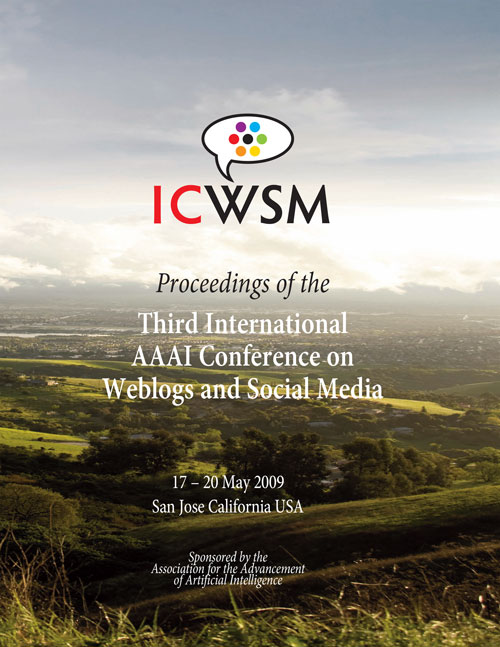Optimal Heterophily for Word-of-Mouth Diffusion
DOI:
https://doi.org/10.1609/icwsm.v3i1.13965Keywords:
Psychology, personality and ethnographic studies, Trust, reputation and recommendation systems, Text categorizationAbstract
Most past research on word-of-mouth (WOM) communication has focused on the attributes of the WOM sender, such as opinion leadership and innovativeness. However, since WOM communication involves the interaction of the sender and the receiver, it is important to examine the relationship between the two. Past research on personal influence which examines the relational context includes two contradicting arguments: one supporting the power of homophily, and the other supporting the power of heterophily. In this paper, the authors focus on the social relation between WOM senders and receivers and attempt to find the optimal heterophily for WOM diffusion. The results of empirical analysis using both offline survey data and online blogosphere provide evidence of optimal heterophily between WOM sender and receiver. Finally, the patterns of influence are presented to depict the diffusion process.

